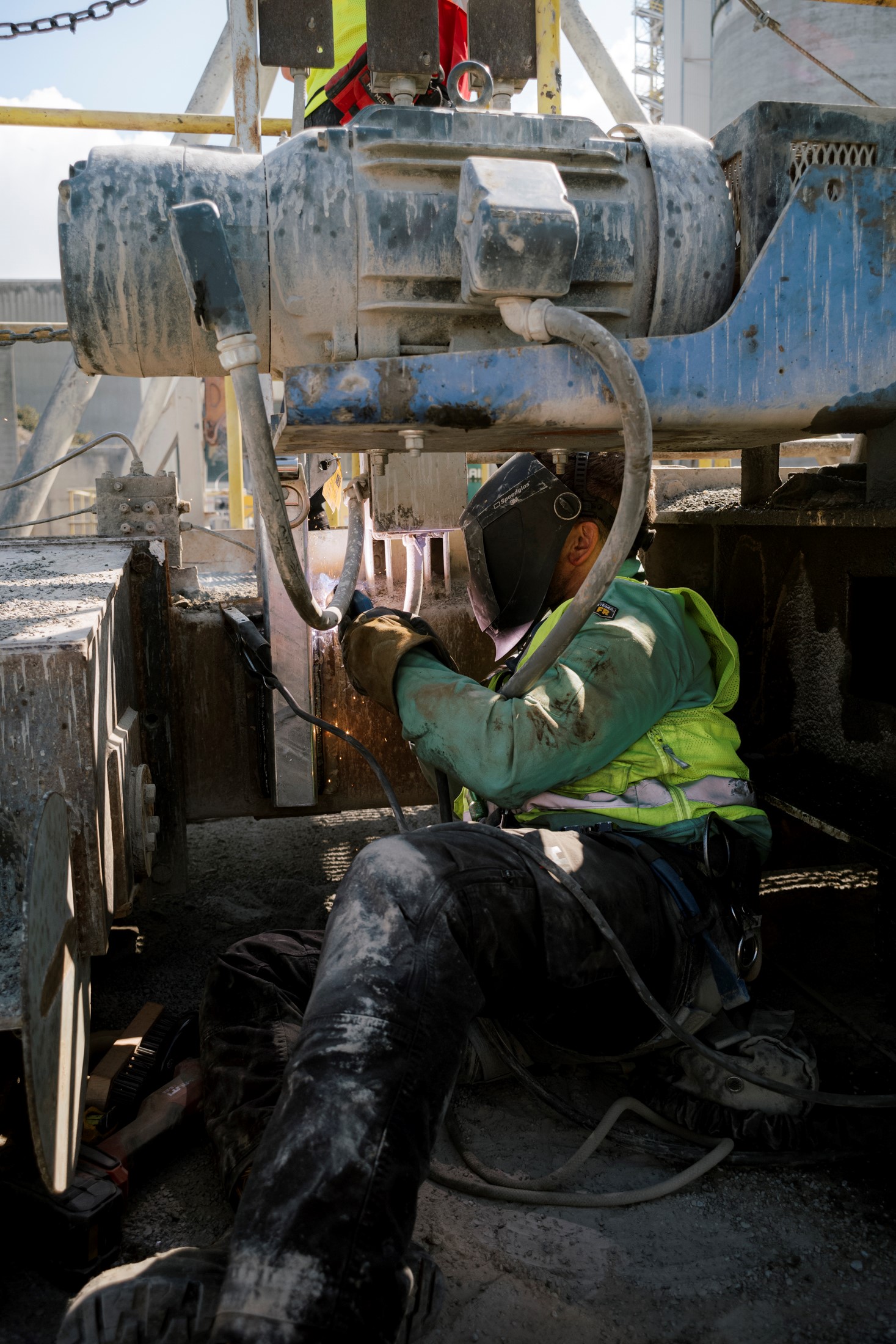Your cart is currently empty!
Staying Compliant After Installation: Inspection and Recertification of Fall Protection Systems

Staying Compliant After Installation: Inspection and Recertification of Fall Protection Systems
By Amanda Johnson
When it comes to safety, both a 90-story skyscraper in a major city and a water tower in a rural mountain town require property owners to meet safety standards. While these structures differ in height and function, their fall protection systems often share the same maintenance needs. Across the country, workers routinely ascend to heights to perform various tasks—from maintenance and HVAC repairs to window washing and water tower repairs. Each of these jobs requires the use of active fall protection systems. To ensure safety, these systems must undergo regular inspections and recertification, helping to meet state compliance laws and safeguarding the workers who rely on them every day.
The Ins and Outs of Inspections
Whether a building anchor is used daily, monthly, or annually, its location and exposure to the elements can significantly affect its functionality. Weather conditions such as rain, sun, and the accumulation of dust or other materials can cause wear and tear, potentially weakening the system. Regular inspections bring these issues to light, allowing building owners to address them before workers use the systems, ensuring safety.
Two types of inspections are crucial to maintaining compliance:
- Before-use inspections are required by OSHA (1910.140) and must be conducted before each work shift. The user inspects the system for visible damage, wear, or any other defects. Any defective equipment must be removed from service immediately.
- Annual inspections are more comprehensive and must be carried out by a Competent Person who is not a user of the system. This individual is trained to identify more subtle issues that a daily user might miss. Some states, such as Washington, incorporate ANSI standards into law, making these inspections legally required.
Regular inspections are not only best practice but a legal obligation in many regions, helping to prevent accidents and ensuring that fall protection systems remain effective.
The Role of Recertification
While visual inspections can uncover many problems, recertification involves a more thorough review of the system’s design and its ongoing use. As job requirements, standards, and regulations all change over time, it’s important to confirm that the system still suits its intended purpose and meets current standards and regulations. Recertification also ensures compliance with updated safety standards, such as those from OSHA and ANSI.
For example, a maintenance bay designed for a specific type of bus may need to accommodate new models with different dimensions after several years. Recertifying the fall protection system ensures it meets the needs of the new equipment. A Qualified Person reviews the system and makes recommendations if changes are required.
OSHA and Manufacturer Recommendations
OSHA defers to manufacturer guidelines for inspecting, maintaining, and recertifying fall protection systems. According to OSHA 1910.140(c)(18), employers must follow the manufacturer’s instructions for inspections and proper use. Nearly all manufacturers align their recommendations with ANSI standards. Therefore, by following manufacturer guidelines, employers are also following ANSI Z359.6, which covers the recertification of active fall protection systems. Paragraph 9 of ANSI Z359.6 specifically recommends that recertification occur every five years or more frequently if required by the manufacturer.
While OSHA does not directly mandate a recertification timeline, it effectively requires compliance with these standards by expecting adherence to manufacturer recommendations. Employers who fail to follow these guidelines risk having their fall protection systems deemed non-compliant or unsafe, which could result in legal liability under OSHA’s General Duty Clause.
A Commitment to Safety
Maintaining the integrity of fall protection systems is crucial for worker safety. Regular inspections and recertifications not only ensure compliance with OSHA and ANSI standards but also protect employees and mitigate liability for property owners. By prioritizing these safety practices, organizations demonstrate their commitment to a safer work environment and efficient operations.